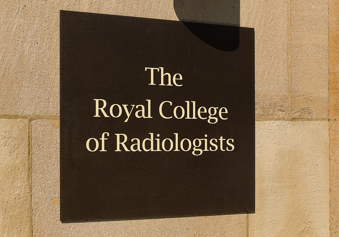| 5 mins
10 Year Health Plan: Our key takeaways
On 3 July 2025, the Government published its flagship 10 Year Health Plan for England, centred around three ‘key shifts’ – hospital to community; sickness to prevention; and analogue to digital. At 168 pages, there's a lot of detail and a lot still to unpack. We discuss some of our early takeaways on what the ‘three shifts’ and workforce-related commitments mean for clinical radiology and clinical oncology.

